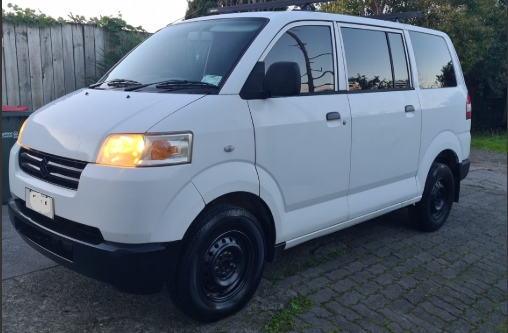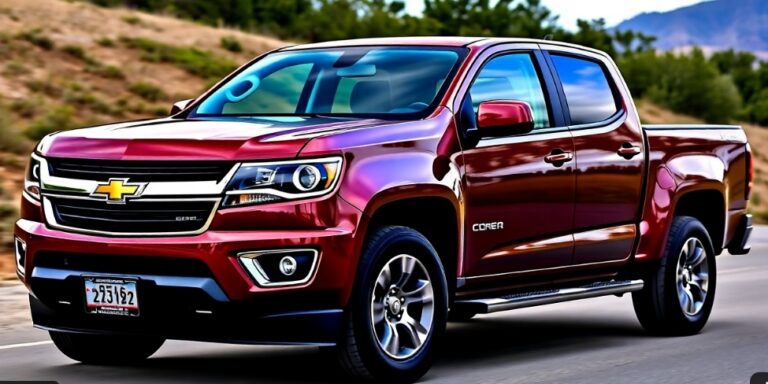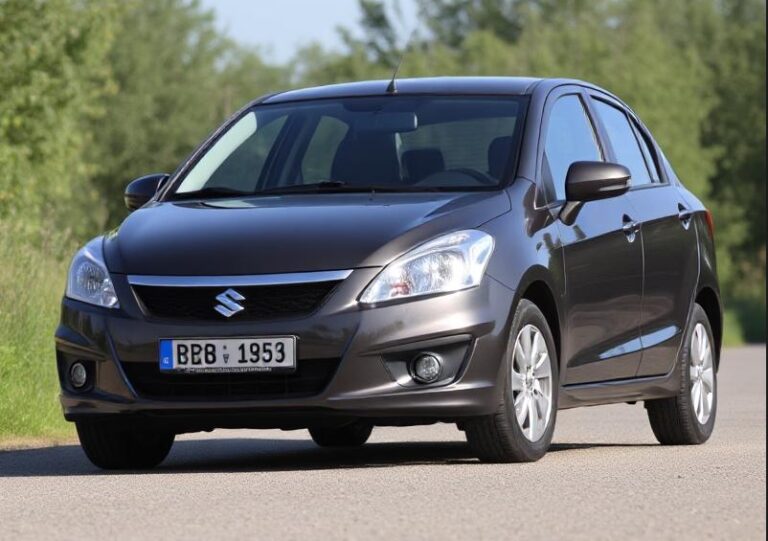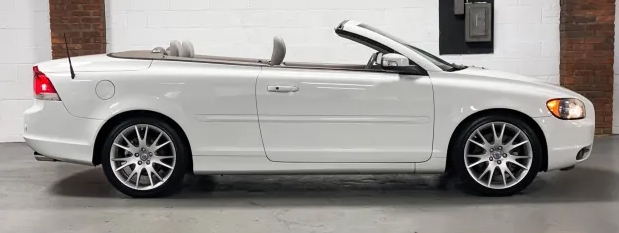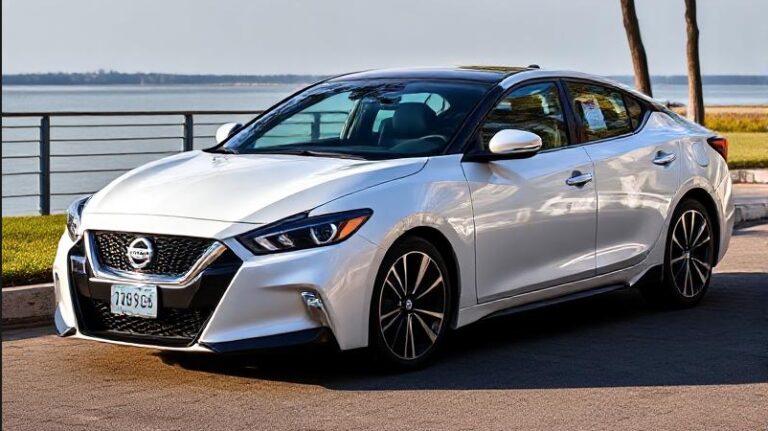The Evolution of the Suzuki APV: A Comprehensive History
The Suzuki APV (All Purpose Vehicle) is a versatile mini MPV and van that has served markets worldwide with its practicality, affordability, and adaptable design. Since its inception, the APV has undergone numerous updates, facelifts, and regional variations, evolving to meet the demands of different markets and consumers. This article provides a detailed overview of the Suzuki APV’s history, highlighting its production years, model variations, and trim levels.
Origins and Introduction (2004-2006)
The Suzuki APV was first introduced in 2004 as a compact, multi-purpose vehicle primarily aimed at Asian markets, especially Indonesia, India, and the Philippines. Its design focused on maximizing interior space within a small footprint, making it suitable for families, small businesses, and commercial use.
Design and Platform:
The original APV shared its platform with Suzuki’s larger models such as the Suzuki Alto and the Suzuki Wagon R+. It featured a boxy, utilitarian aesthetic with a high roofline, large windows, and sliding doors (on some variants), emphasizing practicality and ease of access.
Powertrain:
Initially, the APV was equipped with a 1.6-liter F6A inline-3 petrol engine, producing approximately 105 horsepower, paired with a 5-speed manual transmission. Some markets offered an automatic transmission option.
Models and Trim Levels:
At launch, the APV was offered in several trims, primarily distinguished by interior features and equipment levels:
- Standard: Basic configuration with manual windows and minimal amenities.
- DLX: Included upgraded interior trim, better upholstery, and additional convenience features.
- Luxury: Featured air conditioning, power steering, and upgraded audio systems.
- Cargo variants: Commercial-focused versions with minimal interior fittings, designed for cargo and small business use.
The focus at this stage was on affordability, durability, and adaptability, making it a popular choice among fleet operators and families seeking a spacious vehicle.
Mid-Generation Update (2007-2010)
In 2007, Suzuki introduced a facelift to the APV, emphasizing improved styling, comfort, and safety features. The update aimed to enhance appeal in both domestic and export markets.
Design Changes:
The facelift included a redesigned front grille, new headlights, and a more modern bumper design. The interior received improvements in dashboard design, instrument cluster, and seat comfort.
Powertrain Options:
While the 1.6L remained the main engine, some markets received alternative powertrain options:
- A 1.4-liter petrol engine, offering better fuel economy.
- A 1.5-liter diesel engine (common in Indian and Southeast Asian markets), delivering increased torque and efficiency.
Models and Trim Levels:
The trim hierarchy was refined, often aligning with regional preferences:
- Standard/Basic: Entry-level with manual windows and minimal features.
- VXi/GLX: Mid-range trims with features like air conditioning, power steering, and upgraded audio.
- ZX/ZDi: Top trims, including power windows, alloy wheels, fog lamps, and enhanced interior materials.
- Cargo variants: Continued to be available for commercial uses, with some markets offering a crew van version.
Additional Features:
Safety features such as seat belts for all seats, improved suspension, and reinforced body structures were introduced, aligning with evolving safety standards.
The Second Major Facelift and Global Expansion (2011-2016)
Between 2011 and 2016, the Suzuki APV received a significant facelift, with internal improvements and a broader push into international markets, especially in South Asia, Southeast Asia, and parts of Latin America.
Design and Styling:
This refresh included a more rounded front fascia, redesigned headlights, and a more modern overall appearance. The rear received subtle updates, and some markets saw the introduction of new body colors and wheel designs.
Powertrain and Mechanical Updates:
The 1.5-liter diesel engine became more widely available, especially in India, where Suzuki’s parent company, Maruti Suzuki, utilized the APV platform extensively.
- The 1.4L petrol engine was also retained or upgraded in some markets.
- Transmission choices remained 5-speed manual, with some markets offering a 4-speed automatic.
Models and Trim Levels:
By this period, Suzuki offered more standardized trim levels, often tailored regionally:
- Base: Essential features, manual windows, basic interior.
- Mid: Added features like air conditioning, power steering, and upgraded audio systems.
- High-end/Top trims: Included power windows, alloy wheels, enhanced safety features, and sometimes optional equipment like fog lamps or rear parking sensors.
Special Editions and Variants:
In certain markets, Suzuki launched special editions to boost sales, often featuring sporty accents, unique color schemes, or added comfort features.
Commercial and Passenger Versions:
The APV was available in multiple configurations, including:
- Passenger Van: Designed for family and shuttle use.
- Cargo Van: For small business needs, with rear interior stripped for cargo.
- Crew Van: Featuring side doors and rear seats for mixed-use.
.

.
Discontinuation and Regional Variants (2017-2023)
Production of the Suzuki APV largely concluded by 2016-2017 in most markets, as Suzuki shifted focus toward more modern compact MPVs and SUVs. However, the vehicle persisted in some regions due to its affordability and versatility.
Continued Use in Some Markets:
In countries like Indonesia, the APV remained popular in small business sectors and was produced until mid-2020 under local assembly agreements, benefitting from low-cost manufacturing and high demand.
Regional Variants:
Throughout its lifecycle, the APV was adapted with regional specifications:
- Indonesia: Known for its robust build, with models like the “Suzuki APV Arena,” featuring updated styling and equipment.
- India: Marketed by Maruti Suzuki as the “Eeco” (which is a different model but based on similar principles), but the APV itself was phased out in favor of newer models like the Ertiga.
- Philippines: Continued to see the APV in fleet use and commercial roles until recent years.
Trim Levels and Features by End of Production:
In its later years, the APV’s trims were simplified, often focusing on:
- Standard: Basic, no-frills.
- Elite/High-end: With features like air conditioning, upgraded audio, and power accessories.
- Commercial: Cargo variants with minimal interior fittings.
Summary of Key Specifications and Features
| Production Years | Main Powertrains | Notable Features | Market Focus |
|---|---|---|---|
| 2004–2006 | 1.6L petrol | Basic interior, sliding doors on some models | Entry-level, commercial, family |
| 2007–2010 | 1.4L petrol / 1.5L diesel | Updated styling, safety features | Expanding regional markets |
| 2011–2016 | 1.4L petrol / 1.5L diesel | Modernized design, multiple trims | Commercial and passenger use |
| 2017+ (regional) | Variations of previous engines | Simplified trims, continued production in some markets | Small business, fleet |
Conclusion
The Suzuki APV has been a reliable, adaptable vehicle that served diverse needs across various regions. Its evolution reflects Suzuki’s strategic efforts to offer an affordable, practical vehicle that can double as a family car or commercial van. Over nearly two decades, the APV’s design and features have adapted to changing safety standards, consumer preferences, and regional demands.
While its production has largely ceased in most markets, the APV’s legacy endures in markets where it remains a cost-effective solution for small businesses and families. Its straightforward engineering, spacious interior, and versatility make it a notable model in Suzuki’s global lineup.
